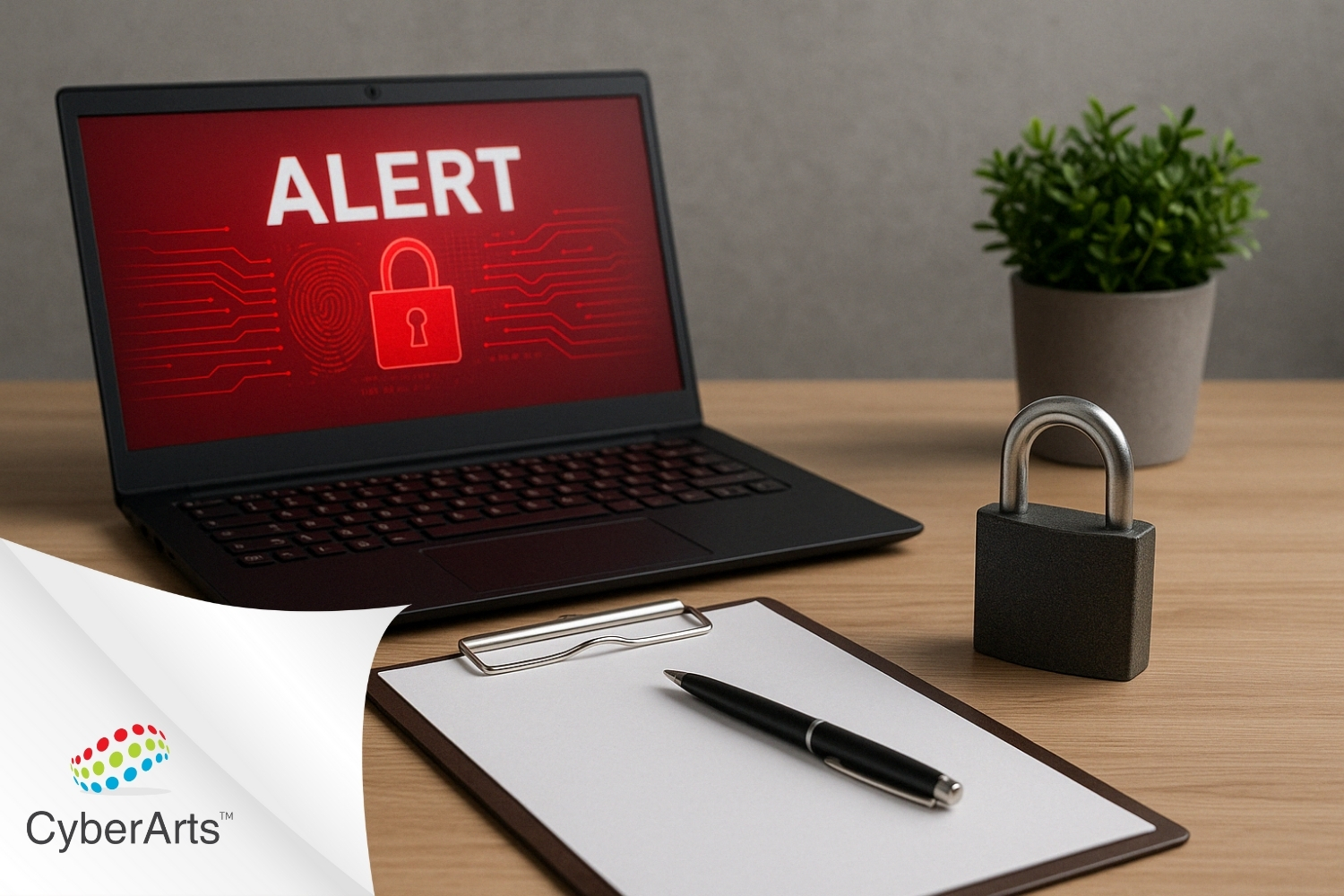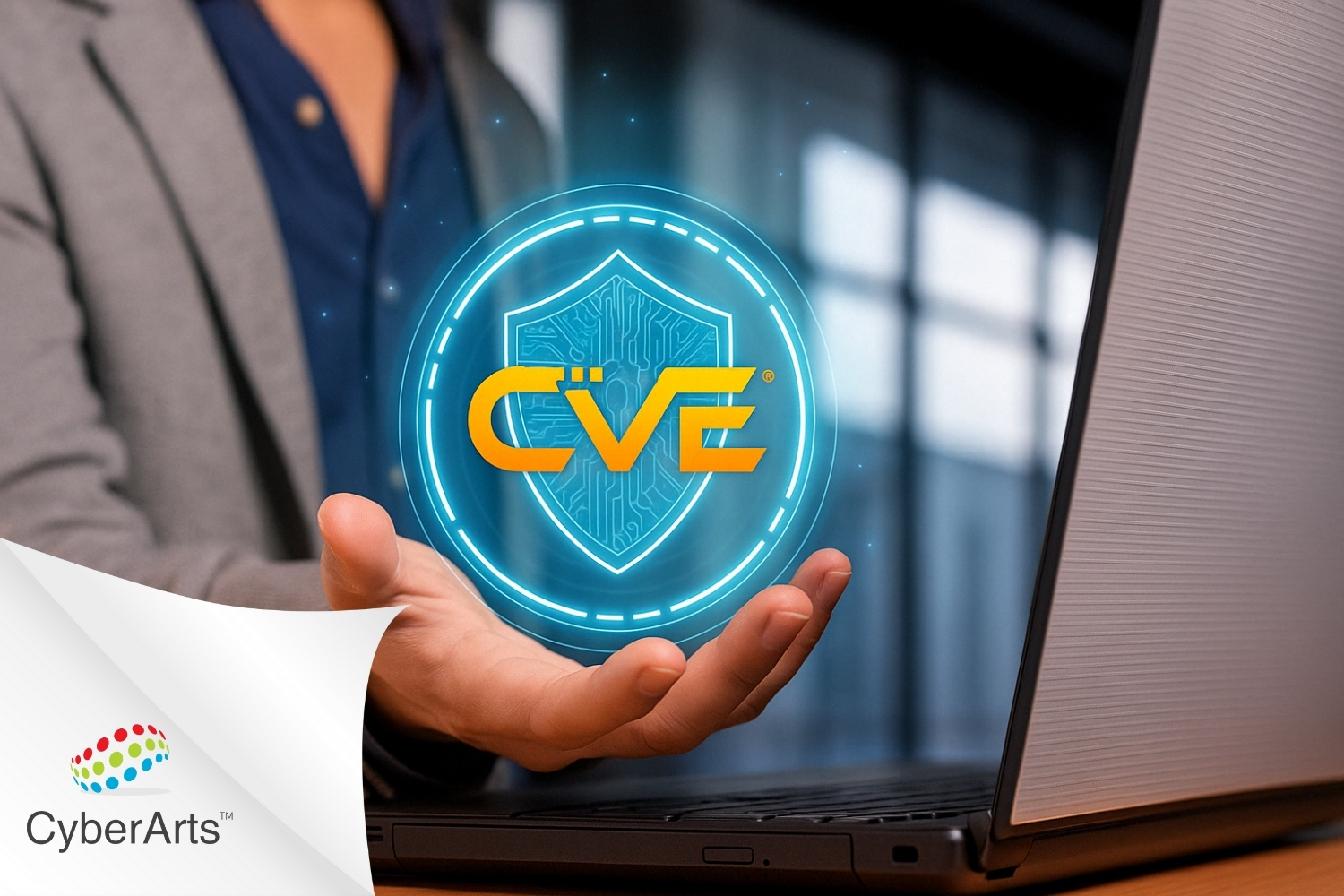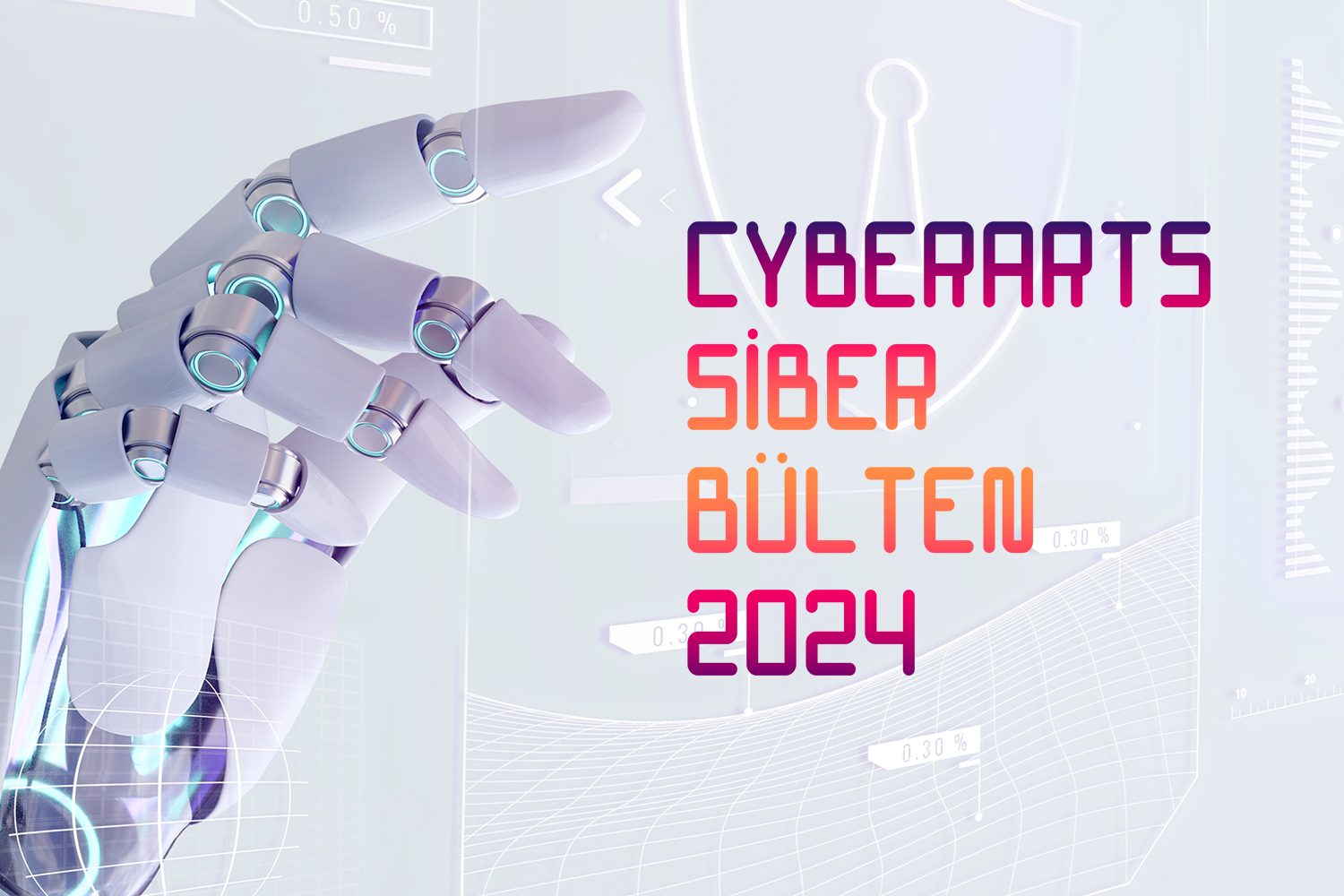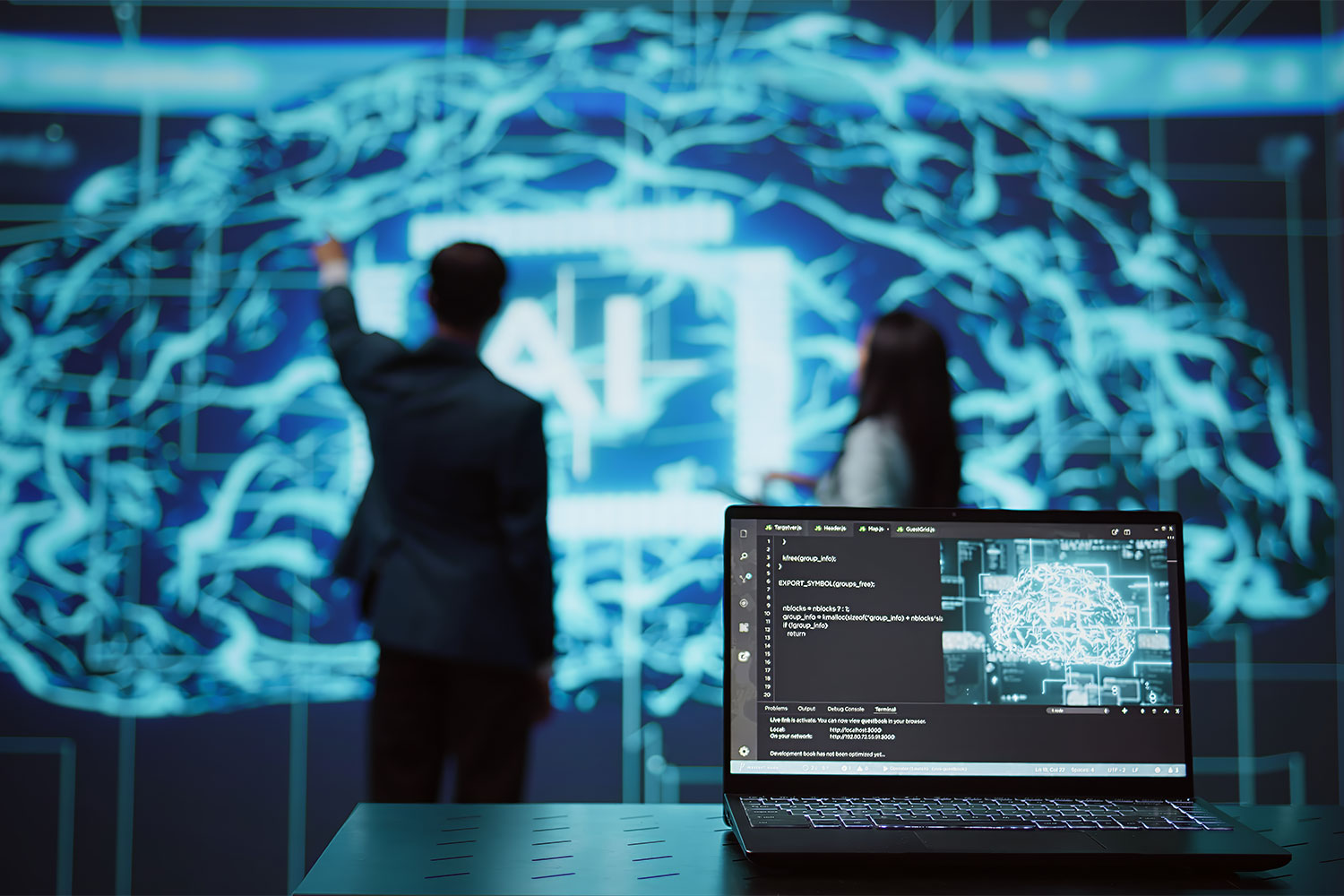Ransomware is a type of malicious software. It usually infiltrates a computer system or network, locking files or even entire systems and preventing access. It then demands a ransom from the user or organization. You will be asked to pay a ransom to unlock the system or data. Ransoms are often demanded in cryptocurrencies because such payments are more difficult to trace.
Ransomware can be transmitted via email attachments, malicious websites, vulnerabilities or other methods. Users and organizations can protect themselves from ransomware attacks by making regular backups, using security software, and carefully scanning email and the internet.
There are several reasons why ransomware attacks have increased rapidly in recent years:
Profitability: Ransomware attacks have become a very profitable business for attackers. Demanding ransom can easily be accomplished through difficult-to-trace payment methods such as cryptocurrencies. This allows attackers to remain largely anonymous and therefore reduces the risk of being caught.
Advanced Tools: Attackers are developing increasingly sophisticated and complex ransomware tools. These tools often use advanced techniques to bypass security software and can infiltrate target systems more effectively.
Propagation Methods: The propagation methods of ransomware attacks are also evolving. Attackers can break into target systems through methods such as social engineering techniques, malicious emails, security vulnerabilities and weak passwords.
Corporate Targets: In recent years, attackers are increasingly turning to corporate targets. Organizations typically have more resources and critical data, making attackers more likely to demand ransom.
Poor Security Practices: Many organizations become more vulnerable to ransomware attacks because they do not take adequate security measures. When basic security practices such as security software updates, strong encryption and regular backups are neglected, systems become more vulnerable to attacks.
The combination of these factors has caused ransomware attacks to increase in recent years. Organizations must put more effort into strengthening their security and training their staff against such attacks.
Here are some effective ways to protect yourself from ransomware attacks:
Using Strong Security Software: Using up-to-date and powerful antivirus and anti-malware software can help detect and block malware such as ransomware.
Making Regular Backups: Backing up data regularly is one of the most effective protection methods against ransomware attacks. By storing your backups in a safe place, you can recover your data in case of an attack.
Using Strong Passwords: Using strong, unique and regularly changed passwords can make it harder for attackers to break into systems. Additional security measures such as two-factor authentication may also be used.
Downloading Updated Software and Security Patches: Regularly updating all software such as operating systems, applications and security software and installing security patches protects your computer against current threats .
Email and Internet Security: It is important not to click on unknown email attachments and links, to stay away from unreliable websites, and to be wary of social engineering tactics . Enabling spam filters and security software may also be helpful.
Staff Training: It is important to educate employees on the signs of ransomware attacks and encourage them to comply with security policies. It is important to teach best practices, such as not opening emails from unknown people and not downloading software from unknown sources.
Firewall and Network Monitoring Solutions: Firewalls and network monitoring solutions can prevent or at least detect ransomware attacks by monitoring network traffic and detecting potential threats .
These measures can be used to protect against ransomware attacks and should be implemented by organizations.
While it is difficult to predict future trends in ransomware attacks, some possible trends could be:
More Targeted Attacks: In the future, attackers may carry out ransomware attacks aimed at more specific targets. Large organizations, critical infrastructures or sensitive industries can be targeted. Attackers may choose targets where they can demand larger ransoms and put victims under more pressure.
Use of Artificial Intelligence and Automation: Attackers can develop more sophisticated and customized ransomware attacks using artificial intelligence and automation technologies. This can increase attackers' speed and make their attacks more effective.
Increasing Attacks on Mobile Devices: With the increasing use of mobile devices, it is likely that ransomware attackers' attacks on mobile platforms will also increase. Since mobile devices are used for personal and business purposes, such attacks can have a huge impact.
Increasing and Diversifying Ransom Demands: In the future, the amount of ransom demands is likely to increase and diversify. Attackers may demand larger ransoms or alternative payment methods. It is also possible that ransom demands will increase, along with the threat of data leakage or loss of reputation.
Use of Complex Encryption Algorithms: Ransomware attackers can lock data more effectively by using more complex and stronger encryption algorithms. This may reduce victims' chances of recovering their data.
New Targets and Sectors: Ransomware attacks may expand to new sectors and targets. For example, new technologies and platforms such as cloud services, internet of things (IoT) devices, and smart home technologies may be targets for attackers.
These trends represent some possible scenarios for the future evolution of ransomware attacks. However, security experts need to constantly monitor these threats and take appropriate precautions.
Disclaimer
Dear visitor,
This blog post is for information purposes and has been prepared with the aim of raising awareness against attacks and taking measures in this direction. We remind you that it is not legal to use the information in this article outside of its purpose, we recommend you to apply it in your test environments beforehand. Otherwise, we declare that CyberArts is not responsible for any errors, deficiencies or malfunctions that may arise in your systems due to this situation and cannot be held responsible for direct or indirect damages and losses that may arise from them.
Regards,
CyberArts Informatics Incorporated Company
[vc_row][vc_column][vc_cta h2=”” add_button=”bottom” btn_title=”Teklif Talep Edin” btn_style=”flat” btn_shape=”square” btn_color=”danger” css_animation=”fadeInLeft” btn_link=”url:https%3A%2F%2Fcyberartspro.com%2Fteklif-isteme-formu%2F||target:%20_blank|”]Siber Güvenlik, Dijital Dönüşüm, MSSP, Sızma Testi, KVKK, GDPR, ISO 27001, ISO 27701 ve DDO Bilgi ve İletişim Güvenliği Rehberi başlıklarıyla ilgili teklif almak için lütfen tıklayın.[/vc_cta][/vc_column][/vc_row]












